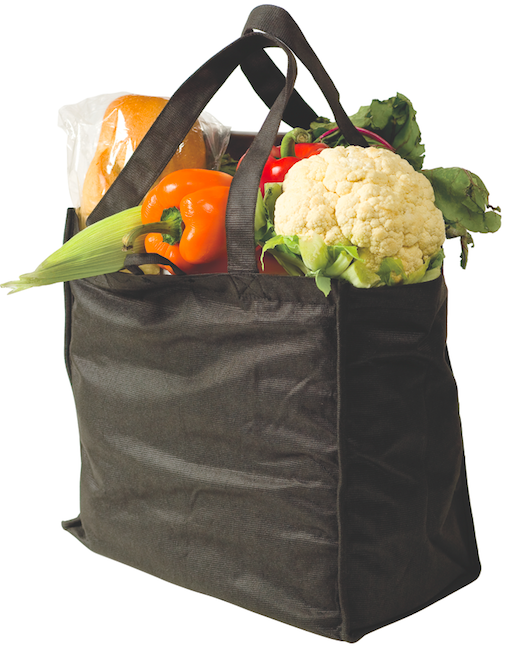Many people aspire to eat light meals that satisfy hunger pangs without creating feelings of fullness. Some may assume light meals must be lacking flavor, but the following recipe for “Silken Chicken” from Madhur Jaffrey’s “Quick & Easy Indian Cooking” (Chronicle Books) is light and packs that familiar flavorful punch that endears Indian cuisine to millions of people across the globe.
Silken Chicken
Serves 2 to 4
For marinating the chicken:
4 boned, skinned chicken breast halves (about 11/4 pounds)
1/2 teaspoon salt
2 tablespoons fresh lemon juice
1/4 cup heavy whipping cream
1/2 teaspoon homemade garam masala (see below)
1/4 teaspoon cayenne pepper
1/4 teaspoon ground roasted cumin seeds (see below)
1/2 teaspoon paprika
1 clove garlic, peeled and crushed to a pulp
1/2 teaspoon peeled, finely grated fresh ginger
For sprinkling over the chicken:
Salt as needed
Freshly ground black pepper
A little homemade garam masala
A little ground roasted cumin seed
A little cayenne pepper
1 teaspoon dried mint flakes
Generous squeezes of fresh lemon juice
Preheat the oven to its highest temperature and arrange a shelf in the top third of the oven.
Cut 3 diagonal slits across the top of each piece of chicken breast, being careful not to cut all the way through and also not to go to the edge. Prick the chicken pieces with the sharp point of a small knife. Put them in a single layer in a large baking dish and rub both sides with the salt and lemon juice. Leave for 5 minutes. Meanwhile, combine the cream with the garam masala, cayenne, cumin seeds, paprika, garlic, and ginger in a bowl. Stir this mixture well and pour it over the chicken. Rub it into the meat and leave for 10 minutes.
Lift the chicken pieces up (most of the marinade will cling to them) and place them down in a single layer in a shallow baking pan lined with aluminum foil. On top of each, sprinkle a little salt, black pepper, garam masala, ground roasted cumin seed, cayenne, dried mint, and lemon juice. Put into the top third of the oven and bake for 15 minutes, or until the chicken is just white all the way through. Serve immediately, minted side up.
Garam Masala
1 tablespoon cardamom seeds
1 2-inch cinnamon stick
1/3 of one nutmeg
1 teaspoon black peppercorns
1 teaspoon black cumin seeds
1 teaspoon whole cloves
Place ingredients into a clean coffee or spice grinder and ground to a powder.
To make ground roasted cumin seeds:
Put 4 to 5 tablespoons of the whole seeds into a small cast-iron frying pan and set over medium heat. Stir the seeds and roast them over dry heat until they turn a few shades darker and emit a wonderful roasted aroma. Wait for them to cool slightly and then grind them in a clean coffee or spice grinder. Store in a tightly closed jar.













